The Future of Video Editing: AI and Machine Learning
Dec 20, 2024 | Ken Llana
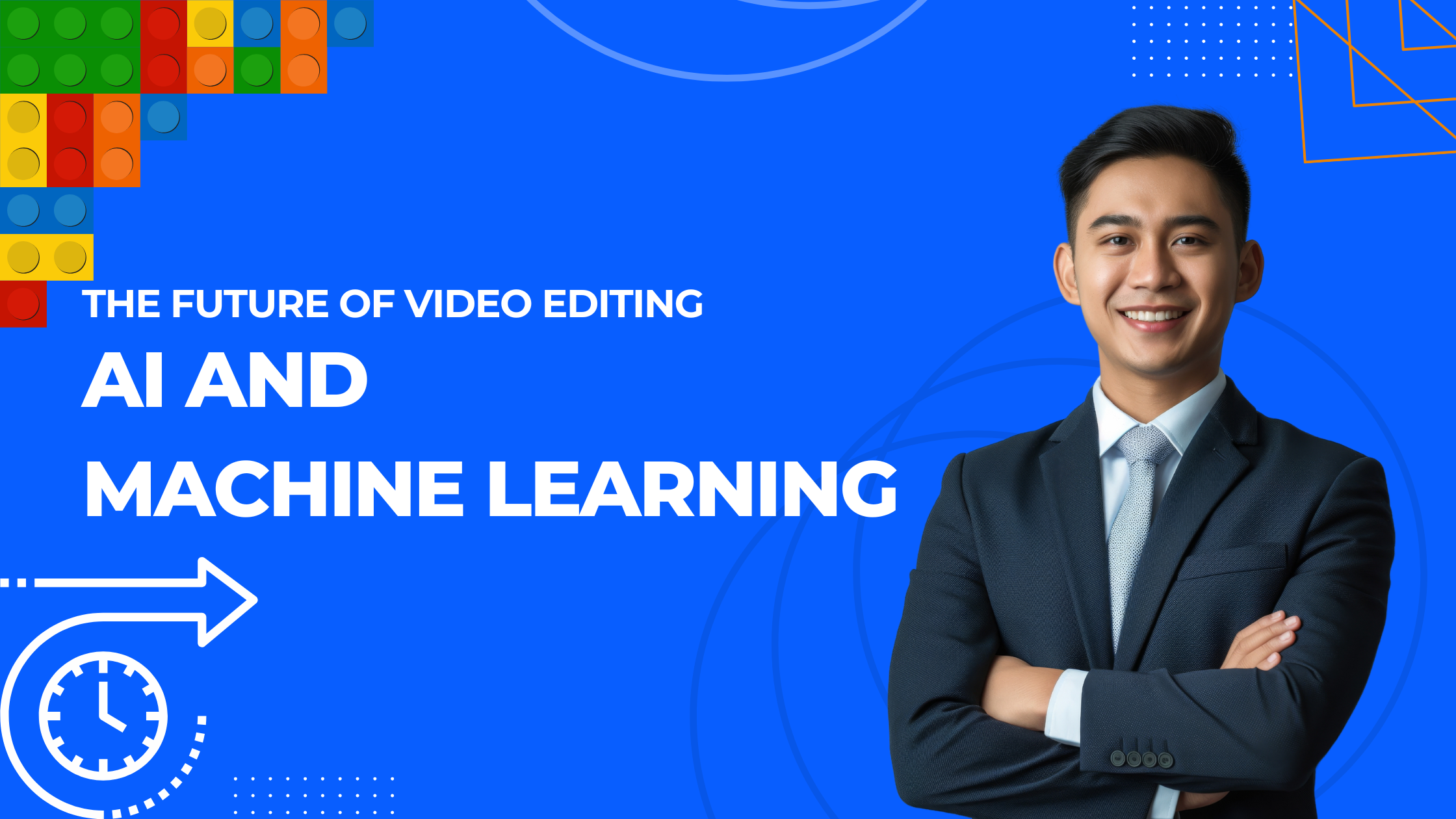
We are in an era where Artificial Intelligence (AI) and Machine Learning (ML) technologies are highest at their transformation stage and working side by side with the emergence of new video editing practices. The advancement has reached a stage where what was considered manual work needing expertise can now be completely automated, and in the process, creators are able to produce higher quality videos. But what does this future hold for us? How will AI and ML change the practices of video editing? Let’s talk about it.
The Role of AI in Modern Video Editing
AI has already made significant inroads into video editing by automating repetitive tasks, enhancing creativity, and improving the overall workflow. Key areas where AI is making an impact include:
1. Automated Video Trimming and Editing
AI-powered tools can analyze hours of footage and identify key moments, cutting down on the tedious process of sifting through raw video. For instance, platforms like Adobe Premiere Pro and Final Cut Pro have integrated AI features that automatically suggest edits based on the content’s rhythm and flow.
2. Smart Effects and Enhancements
Advanced AI algorithms can apply color corrections, stabilize shaky footage, and even enhance audio quality. These features save hours of manual adjustments and ensure a consistent, polished look across videos.
3. Speech and Object Recognition
AI can transcribe spoken dialogue, identify objects in a scene, and even tag these elements for easier editing. This functionality is particularly useful for documentary filmmakers, educators, and marketers who need to categorize and search through large volumes of content quickly.
Machine Learning: The Driving Force Behind AI in Video Editing
Machine Learning, a subset of AI, enables software to learn and adapt from data, making it an essential component of modern video editing. ML algorithms are trained on massive datasets to recognize patterns, predict outcomes, and refine editing processes over time.
1. Personalized Editing Suggestions
ML algorithms can analyze a creator’s editing style and offer tailored suggestions. For example, if a videographer consistently prefers a certain type of transition or color grading, ML can predict and apply these preferences automatically.
2. Dynamic Content Adaptation
In an era of multi-platform content, ML helps optimize videos for different formats and audiences. Whether it’s converting a landscape video into a vertical format or adjusting content for regional preferences, ML ensures seamless adaptability.
3. Predictive Analytics for Better Storytelling
Machine Learning tools can analyze audience behavior and predict which elements of a video will perform best. This insight allows editors to craft content that resonates more effectively with their target audience.
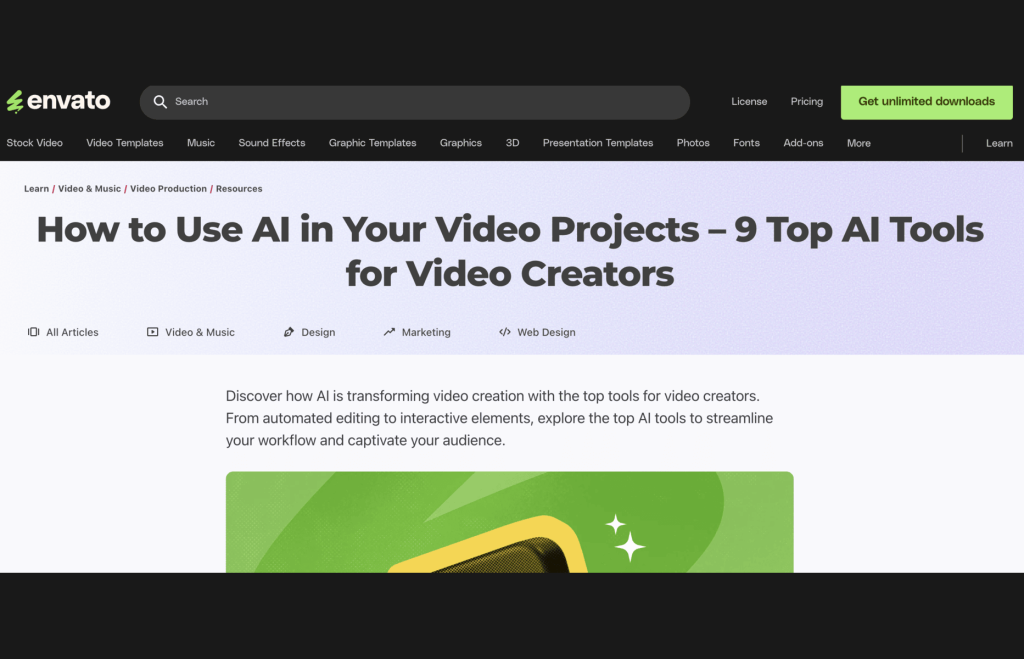
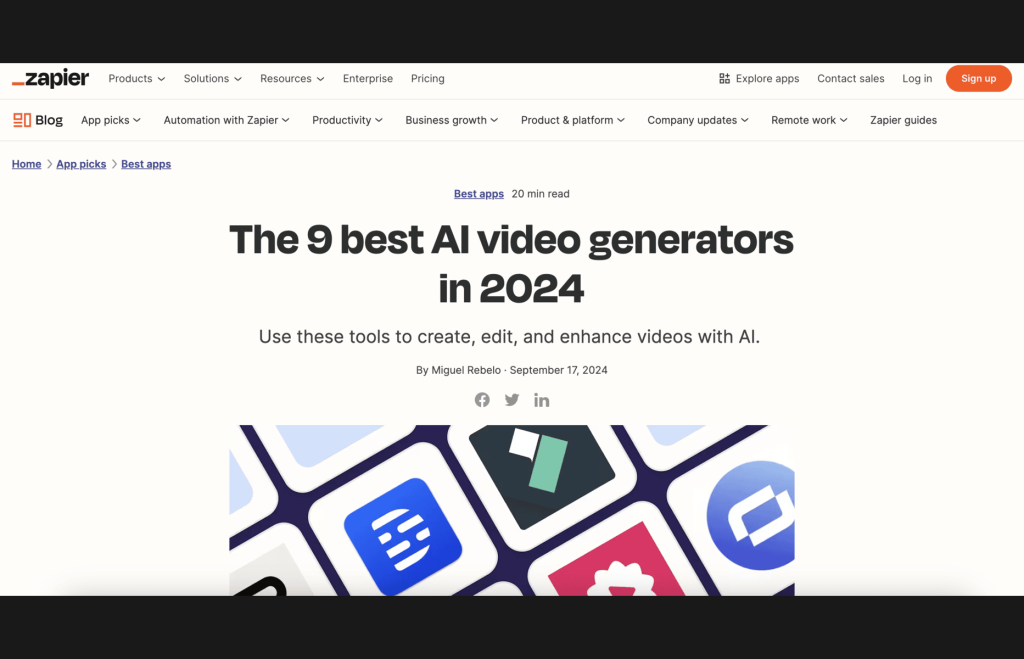
Image Source: https://zapier.com/blog/best-ai-video-generator/
Current AI and ML Tools Revolutionizing Video Editing
Several tools and platforms are already harnessing the power of AI and ML to transform video editing workflows:
Runway ML: This tool provides creators with intuitive AI-powered features, such as background removal and text-to-video generation.
Magisto: An AI-driven video editor that simplifies the creation process by automatically selecting the best scenes and applying professional effects.
Descript: A text-based editing tool that uses AI to transcribe audio, allowing editors to cut and modify videos as easily as editing a document.
DeepArt: This tool applies artistic styles to videos using neural networks, offering creators unique and visually striking results.
The Benefits of AI and ML in Video Editing
The integration of AI and ML into video editing brings a host of advantages:
1. Increased Efficiency
AI automates time-consuming tasks, allowing editors to focus on the creative aspects of their work. This efficiency is especially valuable for businesses producing high volumes of video content.
2. Cost-Effective Solutions
By reducing the need for extensive manual labor, AI and ML tools lower production costs without compromising quality. Freelancers and small businesses, in particular, benefit from these cost savings.
3. Enhanced Accessibility
AI democratizes video editing by making advanced features accessible to non-professionals. User-friendly interfaces and guided workflows empower anyone to create high-quality videos.
Challenges and Ethical Considerations
While the benefits of AI and ML in video editing are undeniable, they also present unique challenges and ethical concerns:
1. Loss of Human Touch
Some critics argue that over-reliance on AI can strip videos of their emotional depth and individuality. Striking a balance between automation and creativity is crucial.
2. Bias in Algorithms
ML models are only as good as the data they’re trained on. Biased datasets can lead to flawed outcomes, such as misrepresentation in content tagging or stereotyping in video suggestions.
3. Job Displacement
As AI takes over repetitive tasks, some fear it may reduce opportunities for entry-level video editors. However, it also creates new roles that require expertise in AI tools and workflows.
The Future: What Lies Ahead?
The future of video editing is brimming with possibilities. Here are some trends we can expect:
1. AI-Driven Storyboarding
Imagine software that drafts a storyboard based on a script, complete with scene suggestions and camera angles. AI could make this a reality, further streamlining the pre-production process.
2. Real-Time Editing
With advancements in processing power, AI may enable real-time editing capabilities, allowing creators to see polished versions of their work instantly.
3. Virtual Reality (VR) Integration
AI will play a significant role in editing VR content, which requires 360-degree spatial awareness and precision.
4. Hyper-Personalized Content
As consumer preferences become increasingly diverse, AI will enable the creation of hyper-personalized videos tailored to individual tastes and interests.
Check This Video About
The Best AI Software For Beginners
AI and Machine Learning are not just tools for video editing; they are catalysts for innovation and creativity. By automating mundane tasks, enhancing storytelling, and adapting to diverse platforms, these technologies are redefining what’s possible in video production. While challenges remain, the potential benefits far outweigh the risks, making AI and ML indispensable assets for editors in the years to come.
As we look to the future, one thing is clear: the fusion of technology and creativity will continue to push the boundaries of video editing, offering endless opportunities for those willing to embrace change. Whether you’re a seasoned professional or an aspiring creator, now is the time to explore the transformative power of AI and Machine Learning in video editing.
Related Posts

- January 20, 2025
Why Is My Video Grainy After Exporting? Here’s What You Need to Know
Home About Services Blog Go High Level Graphics Design...
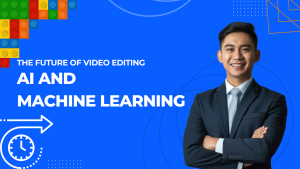
- December 20, 2024
The Future of Video Editing: AI and Machine Learning
Home About Services Blog Go High Level Graphics Design...

- December 20, 2024
Elevate Your Video Production with a Skilled Video Editing Virtual Assistant
Home About Services Blog Go High Level Graphics Design...
Join Our Newsletter


